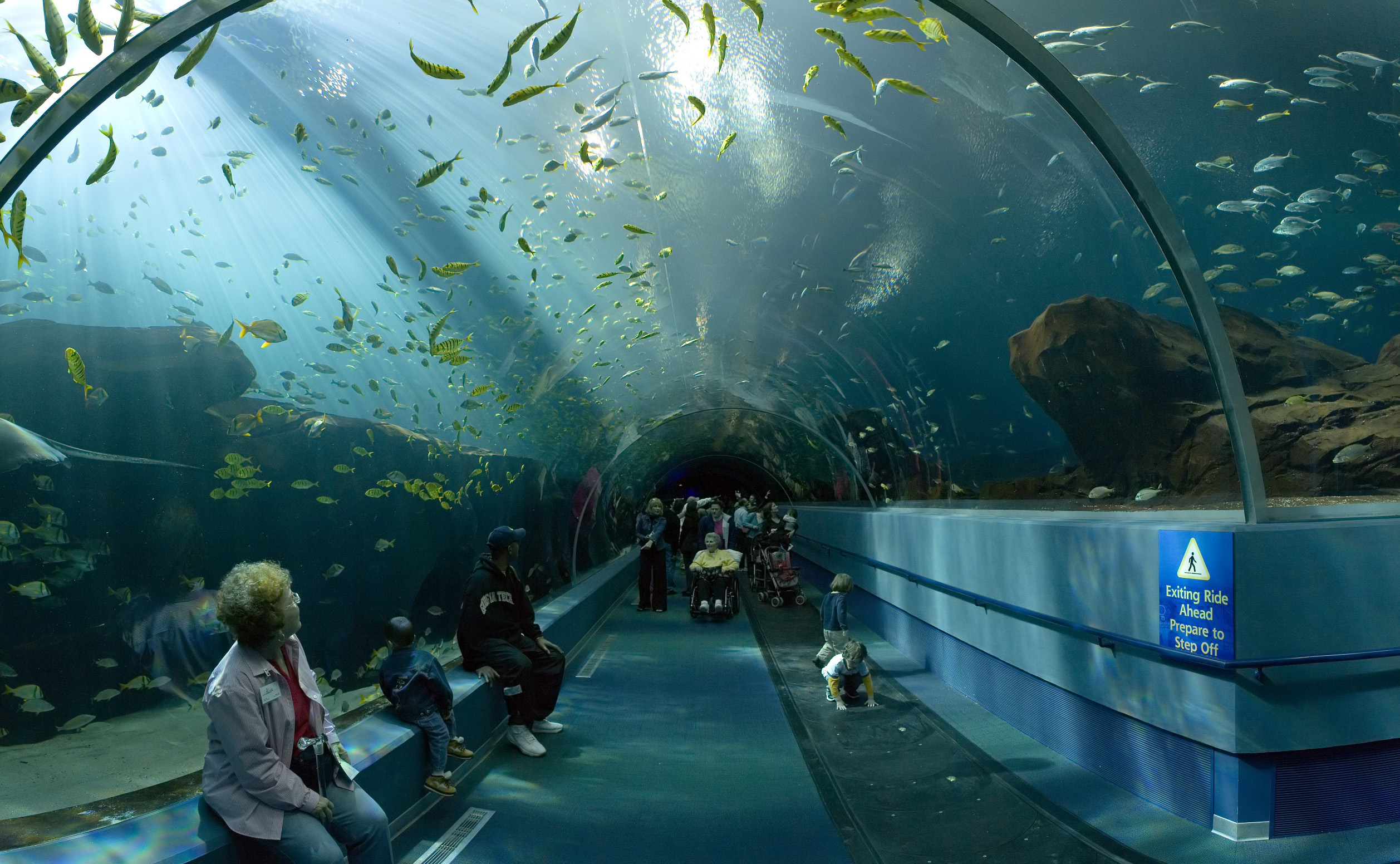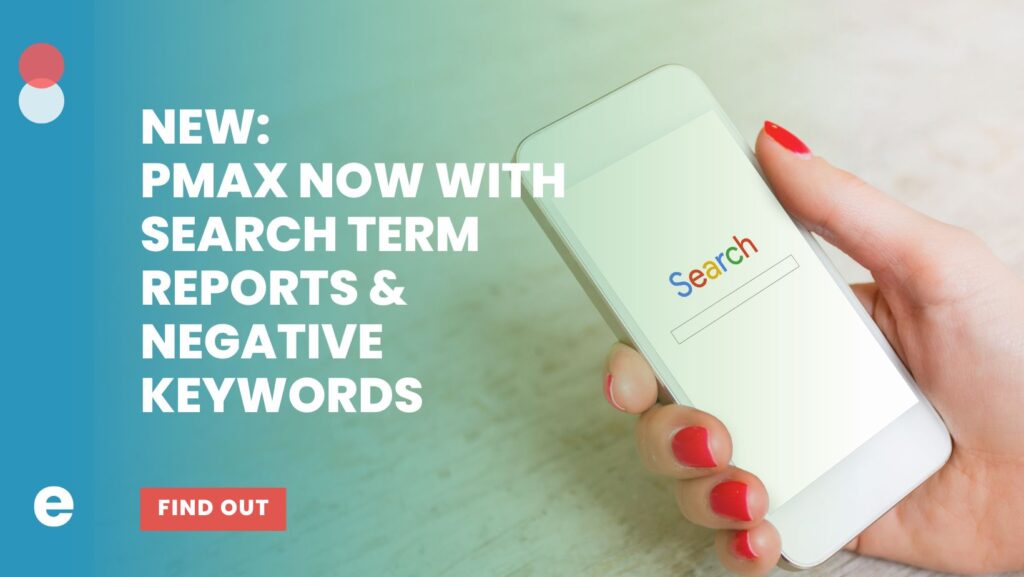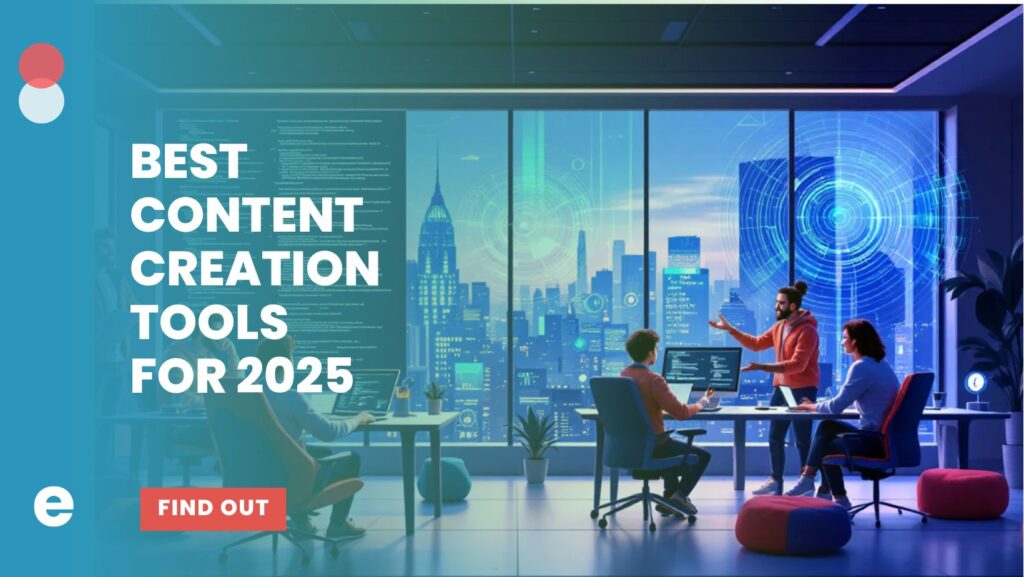Content, in the context of a digital market, is anything that you publish: words, images, videos, audio – it all counts as content. Your content should serve as a bridge from point A to point B. But that’s just basic content. We want great content, right? So…
WHAT IS GREAT CONTENT?
Great content starts with identifying the intended outcome of someone engaging with your content (point B):
· Are you hanging your organization’s digital shingle in hopes of achieving prominent search engine rankings?
· Are you intending to capture views/clicks that will help generate revenue?
· Are you attracting targeted, specific users into your funnel via relevant content, with the intention of nurturing them to the point of conversion?
Each one of these approaches requires specific content, written to a specific end.


Some bridges are better at their job than others: That rickety rope bridge is a slow, precarious way to get from one point to the other. The Golden Gate bridge will get us there, but was designed with cars in mind.
Once you’ve identified your goals, you need to identify the question you are answering. The query that a user types (or speaks) into their search engine of choice –
Point A: “How can I apply screenwriting to content marketing?”
Point B: https://insights.newscred.com/screenwriting-techniques-for-content-marketing/
When you identify the user’s question or need (point A) and the intended outcome for your organization (point B), you can answer the larger question: How do I build a bridge from point A to point B?
GOOD CONTENT? GOOD EXAMPLE:
I recently did an innocuous search for the phrase “how can I apply screenwriting to content marketing” because, well, I wanted an answer to that question. Interestingly, the paid ads offered to 1) make me a content marketer or 2) to sell me content marketing software – neither of which fulfilled the intent of my query. Past that, the first organic listing on the results page took me to this blog post:

Which took me to this blog post. The article title was not only very close to my question, it was also only 3 days old at the time of writing. This is what I wanted. So, I clicked.
Immediately, I got a hero image of an audience looking at a movie screen. I also got other stuff like navigation links, login and sharing buttons – all above the fold.
The title is crafted in such a way as to promise to deliver that which I seek. This is good. As I scroll down, I see several links, (external and internal) another image of the guy they are talking about, Clay Hausmann. Then I see scannable section headers like “Phase 1: The Inciting Incident” followed by a video clip from Star Wars, which, without yet reading the article in full, seems out of place, thus prompting my brain to want to solve the puzzle of a Star Wars video clip in a blog post about content marketing. I see another video — this time Die Hard — then an infographic about Beats by Dre – I’m intrigued further still. Then, I scroll to the end of the article, decide that it is worth my time and start back at the top.
WHAT DID WE LEARN?
Great content answers the user’s question fully, effectively, authoritatively – and makes the user want to hang around.
Great Content is digestible – which is not to be mistaken for brief. A Tic-Tac is digestible, but won’t fill you up (the average Twitter post clocks in at 28 characters) A 24 oz bone-in ribeye will certainly leave you feeling full, but might not be the most digestible (like an 18,000 word long-form essay from the New Yorker) without first being cut up into bite-size pieces. A scannable stretch of content allows one to digest the whole in small doses.
Great content also employs a balance of media to engage the visitor for a longer period of time. In my example, we found:
A stock photo (the hero image)
A still from an event (our dear Mr. Hausmann)
Two embedded YouTube clips (Star Wars AND Die Hard? Nice…)
An infographic (How does Beats by Dre fit?)
Several internal and external links

The best bridge (okay, tunnel) of the three above not only gets you to your destination, but does so with ease (a motorized walkway with full climate-controlled protection from the elements) and engages your mind in a novel and meaningful way (observe and learn about fish and the ocean before your very eyes) — making you want to stay.
The best content in the world cannot thrive on its own. It needs help from all players within the agency:
Accounts: It all starts here. It is up to the account team to translate the desire and intent of the client – ensuring that the client ends up with a product that matches their expectations.
Creative: How many unknown books have you picked up and cracked open just on the strength of the cover art? That visual image evoked a response (hmm, what is this) and thus an action (I want to pick that up and investigate further) that hopefully led to another action (buy). A great image can grab the initial wandering eye and “calm it to the page” where the copy can take over.
SEO: Good content will live and die in a dark corner, shrouded in cobwebs, without the appropriate SEO framework to support it. Good SEO will be the map that convinces your user to decide if this is the right bridge for them. What is the number one ranking factor for a website? Quality content.
UX: To quote Rabindranath Tagore “merely to exist is not enough.” Your content has to justify its existence, a good UX framework allows your visitor to act on what they’ve digested via a relevant CTA, download, subscription, or outright purchase.
Great content has always worked, and it always will – regardless of changing technology or platforms. Great word choice and writing begets great content. When you combine your great content with an equally great team to support it, you are left with one of the most powerful methods of communication that transcends space, time, borders and language.
So, go and build a better bridge.
If you’d like to have a discussion about your content, about building that bridge between your organization and your audience, get in touch with us today!
Author: Kasey Carpenter, Content Specialist


